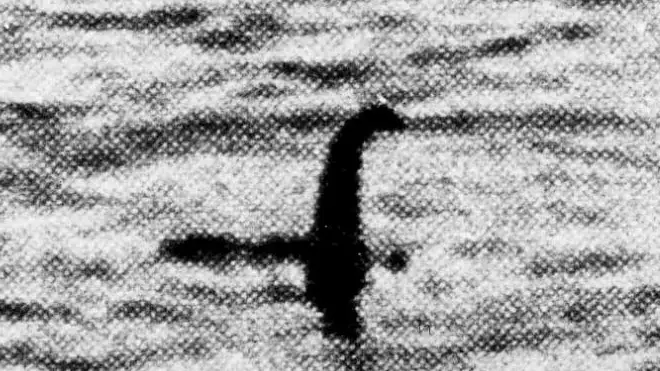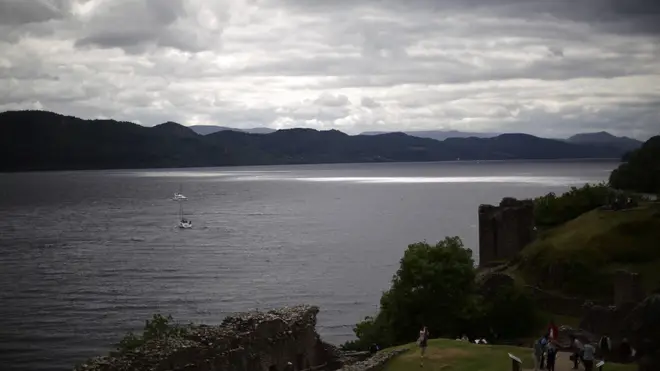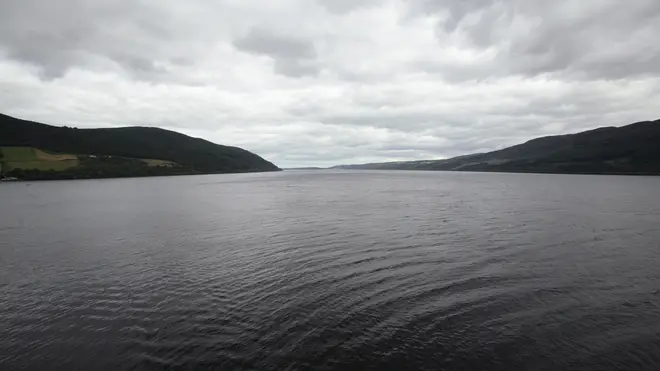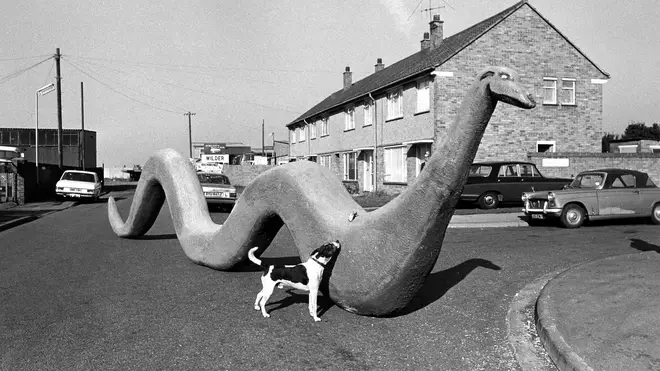
Oli Dugmore 4am - 7am
5 September 2019, 14:23

The legend of the Loch Ness monster has captured people's imaginations for decades but was likely just sightings of giant eels, say scientists.
In what is the most extensive study of Loch Ness, researchers have not ruled out the possibility that giant eels may have once populated the famed lake.
Using 250 samples taken from the water scientists found significant amounts of eel DNA, ruling out the idea that Nessie is the last surviving prehistoric reptile.
Professor Neil Gemmell from the University of Otago in New Zealand led the study that saw 500 million DNA sequences analysed.

Though many theories have circulated about the fabled monster, from it being the ancestor of its ancient predecessor the plesiosaur, to being a circus elephant heading to the lake for a swim, Professor Gemmell was most convinced by the "giant eel" theory.
He said: "There is a very significant amount of eel DNA. Eels are very plentiful in Loch Ness, with eel DNA found at pretty much every location sampled - there are a lot of them.
"So - are they giant eels? Well, our data doesn't reveal their size, but the sheer quantity of the material says that we can't discount the possibility that there may be giant eels in Loch Ness."
The news may come as an inconvenience for those who are adamant that the mythical creature does indeed exist, but Professor Gemmell said that the mystical monster's story has had "another chapter" added to it.
He said: "People love a mystery, we've used science to add another chapter to Loch Ness' mystique.
"We can't find any evidence of a creature that's remotely related to that in our environmental-DNA sequence data. So, sorry, I don't think the plesiosaur idea holds up based on the data that we have obtained."

The professor also ruled out the possibility that Nessie was a shark, catfish or sturgeon.
However, he added that although their research was extensive, it was not conclusive, which will please those still wishing to believe in the creature's existence.
He said: "For the people who still want to believe in monsters, there is still a lot of uncertainty in our work.
"The absence of evidence isn't necessarily evidence of absence."

Though many scientists have quashed the phenomenon, the legend of Nessie has lived to be one of the oldest and most famous myths in Scotland which has captured the imaginations of tourists from all over the world.
Almost 1,500 years ago an Irish missionary claimed to have encountered the beast in the River Ness, sparking a long line of sightings and theories
Then in 1934, a now famous picture circulated supposedly showing the Loch Ness monster surfacing from the water.
That image, known as the "Surgeon's Photograph" was confirmed as a hoax 60 years later when the photographer responsible for it admitted that it was staged as an act of revenge.
Another layer was added to the mystery when Norwegian tech group Kongsberg Maritime discovered what turned out to be a nine-metre-long model of the beast during a sonar search of the loch in 2016.
It was later confirmed to just be a prop for the 1970 Billy Wilder film The Private Life Of Sherlock Holmes.